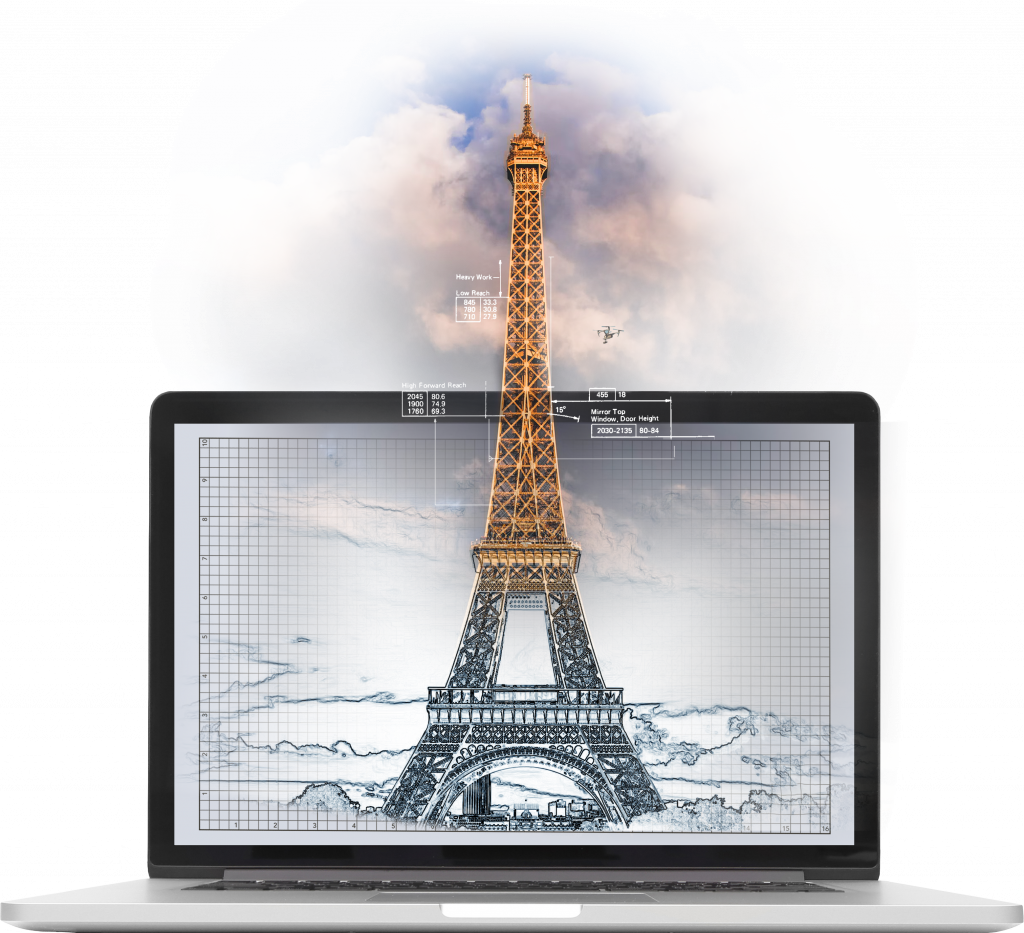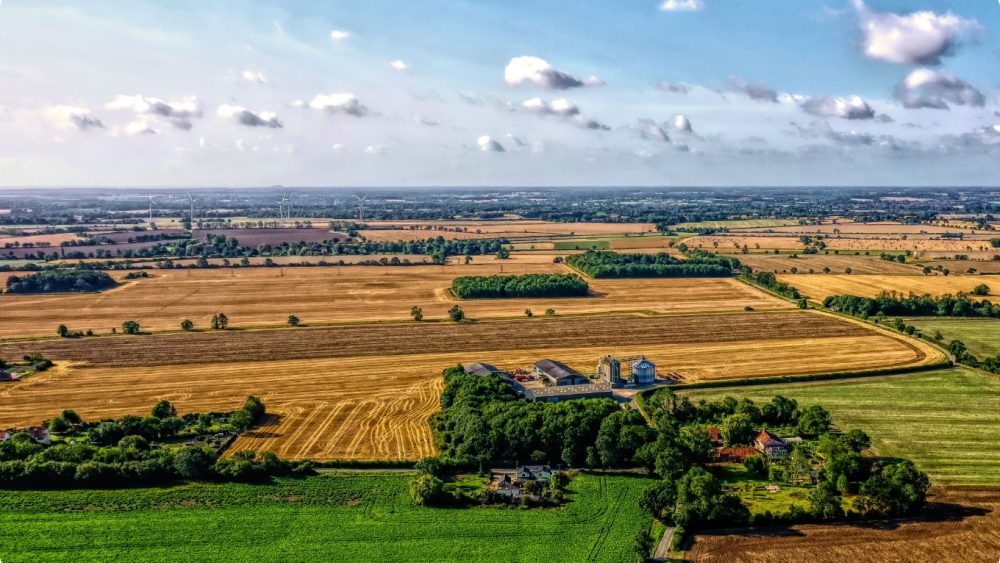

This method of capturing data works very differently to photogrammetry. By firing hundreds of thousands of laser pulses every second, the LiDAR sensor is able to record the time it takes for the pulses to bounce off a surface and return to the sensor. This is combined with a highly accurate GPS and IMU onboard the drone to create a point cloud that is recorded in 3D space.
The key benefits of LiDAR are the ability to ‘see beneath’ vegetation and pick up intricate details – making this sensor ideal for terrain mapping and asset inspections.
LiDAR has historically been limited in only being able to view the data by elevation, the addition of a RGB camera allows our point clouds to be coloured – increasing the potential applications for the dataset.
Future Aerial provide LiDAR data for a range of clients and for a multitude of purposes, here are a few examples:
If you need help to minimize costs and maximize efficiency and get the job done, get in touch today.
We acquire, process and deliver a broad range of digital outputs from our LiDAR surveys, here are a few common examples:
Our depth of experience in navigating drone regulations coupled with our knowledge in GIS processing puts us in a unique position to deliver excellence, consistently for our clients.
If you need help to minimize costs and maximize efficiency and get the job done, get in touch today.